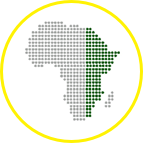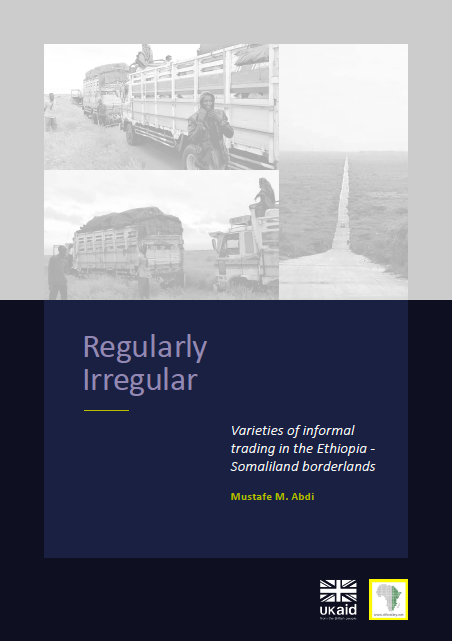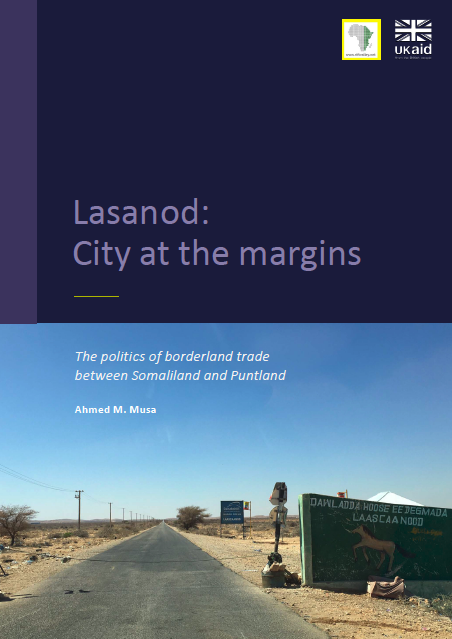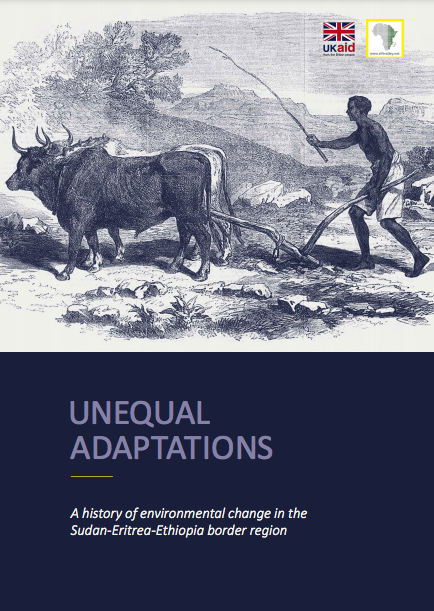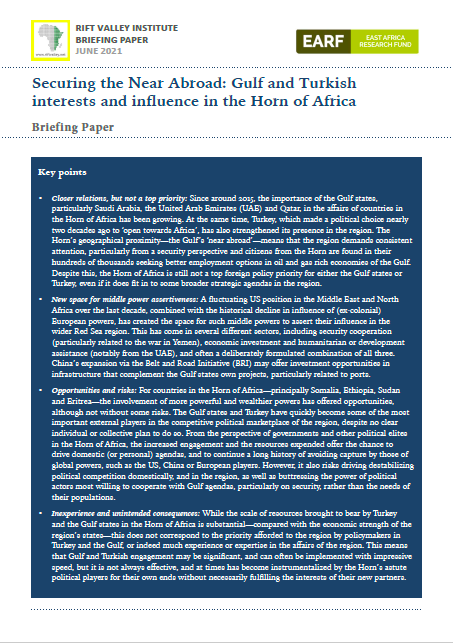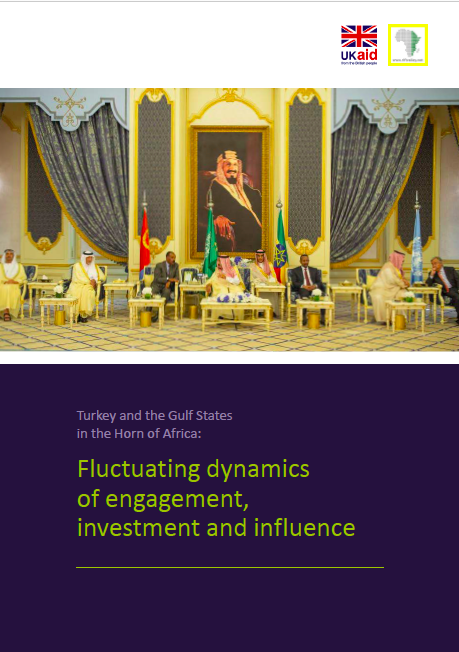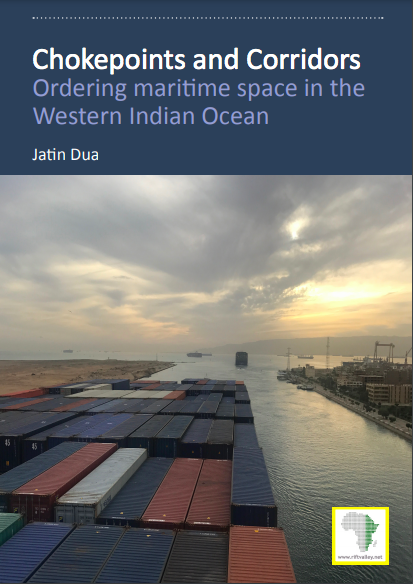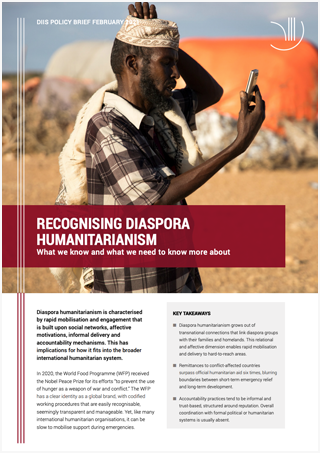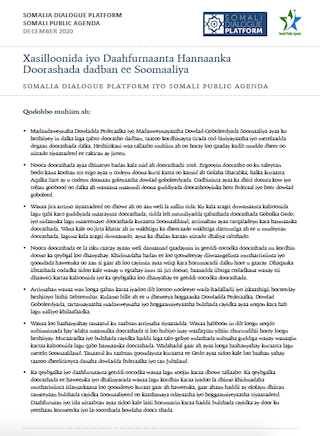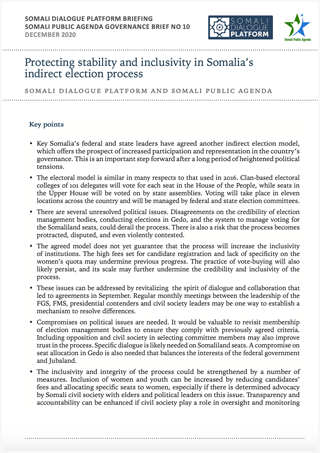In Somaliland and Ethiopia’s Somali Regional State, small-scale informal trading far exceeds formal trade. However, most recent writing on trade in this region has disproportionately focused on formal trade thus neglecting a key area of economic activity. In contrast,…
RVI publishes books, research reports, research papers, briefings and meeting reports in a range of formats. Publications cover policy, research, arts, culture and local knowledge in the countries of eastern and central Africa. Research publications—books, reports and papers—are peer-reviewed. Some RVI publications are also available in French and/or Arabic.
The RVI is a signatory of the Budapest Open Access Initiative (2001); all publications are free for download in PDF format under Creative Commons licences. The views expressed in books and reports published by the RVI are those of the authors, not the Institute.
SEARCH
PUBLICATION TYPE
LANGUAGE
REGION
COUNTRY
Lasanod is located on the border between the Republic of Somaliland and Somalia’s federal state of Puntland. Now under the administrative control of Somaliland, the city is contested— sometimes violently— between the two polities, which are both products of…
The Sudan-Eritrea-Ethiopia border region has long been a place of deep interconnection. Historically, collaboration across ethno-linguistic and religious divides allowed communities to develop life-sustaining complementary strategies for utilizing the region’s natural resources. These traditional patterns of human-environment interaction both…
Since around 2015, the importance of the Gulf states, particularly Saudi Arabia, the United Arab Emirates (UAE) and Qatar, in the affairs of countries in the Horn of Africa has been growing. At the same time, Turkey, which made…
Since around 2015, the importance of the Gulf states, particularly Saudi Arabia, the United Arab Emirates (UAE) and Qatar, in the affairs of countries in the Horn of Africa has been growing. At the same time, Turkey, which…
In the Horn of Africa there is a dynamic interplay between land and sea that has shaped political, economic and social relationships. Historical and contemporary instances of piracy in the Western Indian Ocean, at different times, precipitated a securitization of…
This briefing is an output of the Diaspora Humanitarianism in Complex Crises (D-Hum) project, a partnership between the Danish Institute for International Studies, Institute for Development Studies, University of Nairobi, Rako Research and Communication Centre, and the Rift Valley Institute. Key…
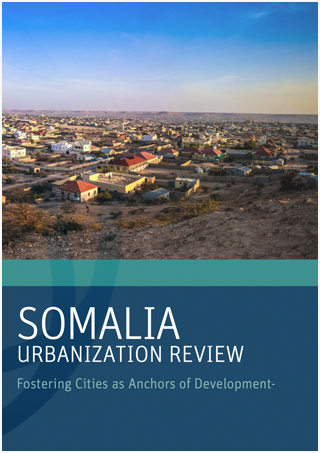
- Download
The World Bank’s Somalia Urbanization Review aims to improve our understanding of the complex issues pertaining to urbanization in Somalia and identifies priority interventions that can help better manage it. There is wide consensus within the government as well…
17-kii Sebteembar, hoggaanka Dowladda Federaalka iyo Dowlad-goboleedyada xubnaha ka ah Dowladda Federaalka waxay ku heshiiyeen qaab doorasho dadban oo loogu talagalay doorashooyinka soo socda ee dalka. Iyadoo laga ambaqaadayo doodo taxane ah oo Dhuusamareeb ka qabsoomay bilaha Luulyo iyo…
On 17 September, the leaders of the Federal Government of Somalia (FGS) and all five Federal Member States (FMS) agreed on an indirect electoral model for the country’s upcoming polls. Building on a series of discussions in Dhusamareb in…
Recent Publications
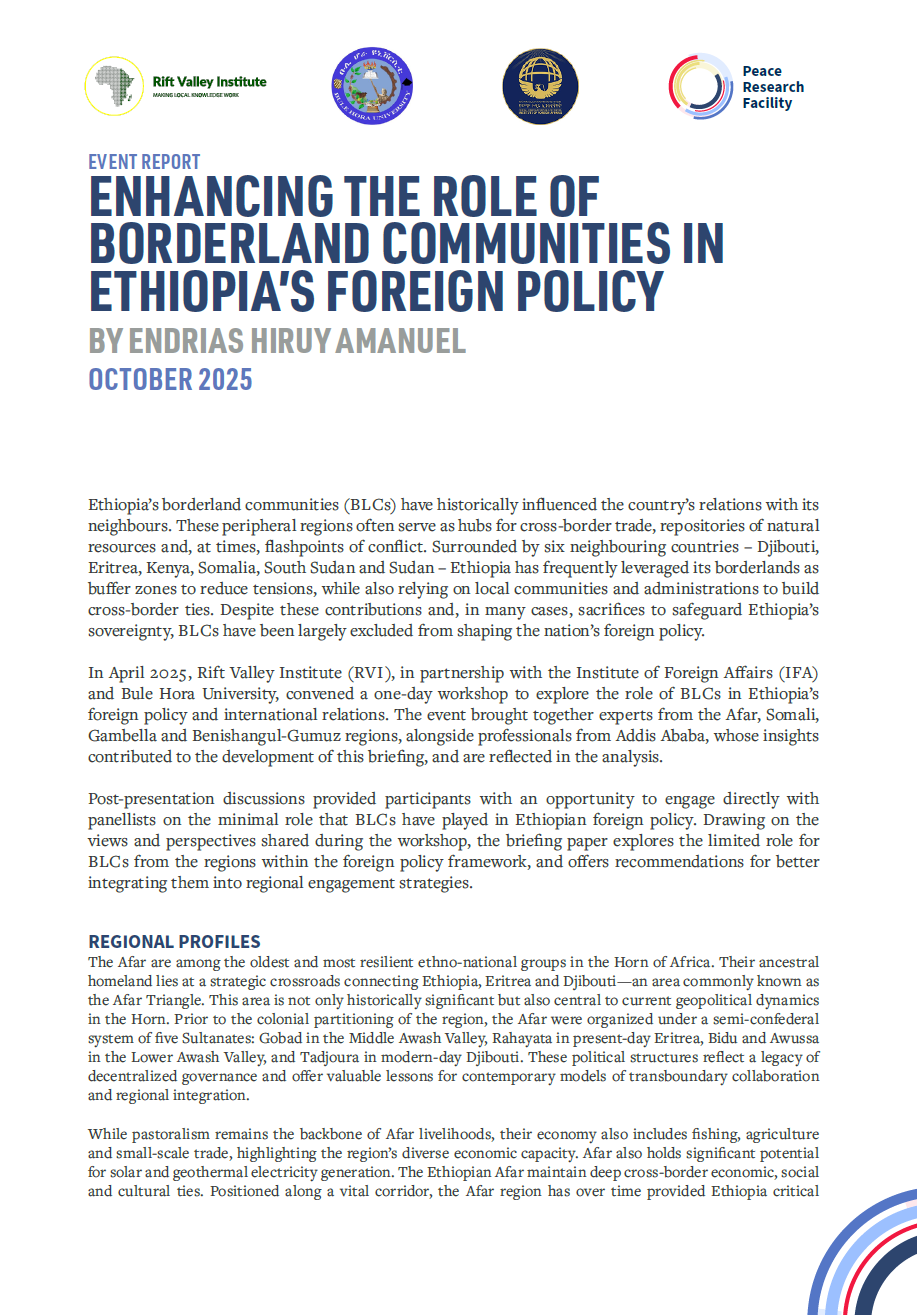
Enhancing the Role of Borderland Communities in Ethiopia’s Foreign Policy
October 15, 2025
Ethiopia’s borderland communities (BLCs) have historically influenced the country’s relations with its neighbours. These peripheral regions often serve as hubs for cross-border trade, repositories of natural resources and, at times, flashpoints of conflict. Surrounded by six neighbouring countries – Djibouti,
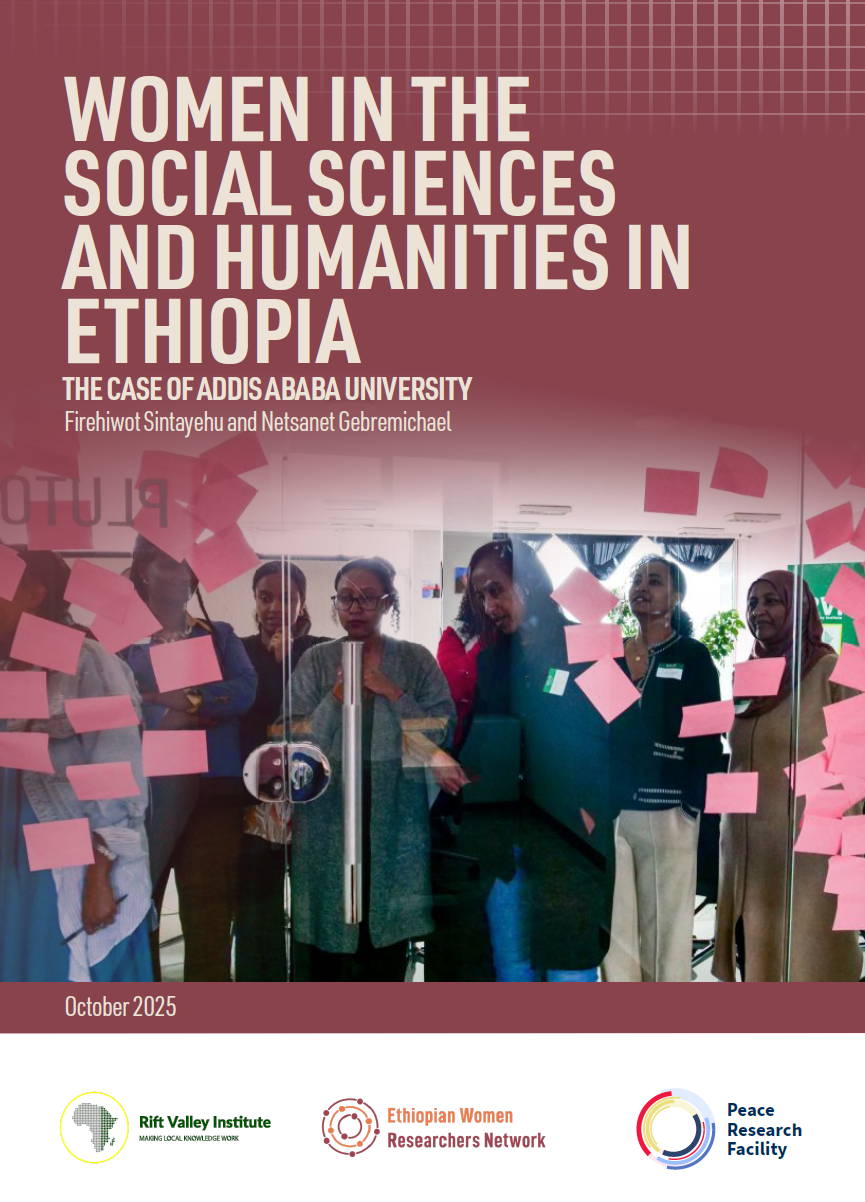
Women in the Social Sciences and Humanities in Ethiopia: The case of Addis Ababa University
October 10, 2025
This preliminary assessment is part of the launch exercise of the Ethiopian Women Researchers’ Network (EWNET). Focusing on Addis Ababa University as a pioneering higher institution in the country, the study looks into the status of women within these disciplines
Iddir in Contemporary Social Science and Humanities Research in Ethiopia: Historicizing and theorizing local infrastructures of care
October 3, 2025
The second Ethiopian Women Researchers Network (EWNET) seminar was delivered by Desalegn Amsalu, Anteneh Tesfaye, Yasmin Bushra and Helen Zeru on 3 July 2025 at Addis Ababa University’s Alle School of Fine Arts & Design. EWNET SEMINAR SERIES REPORT The
